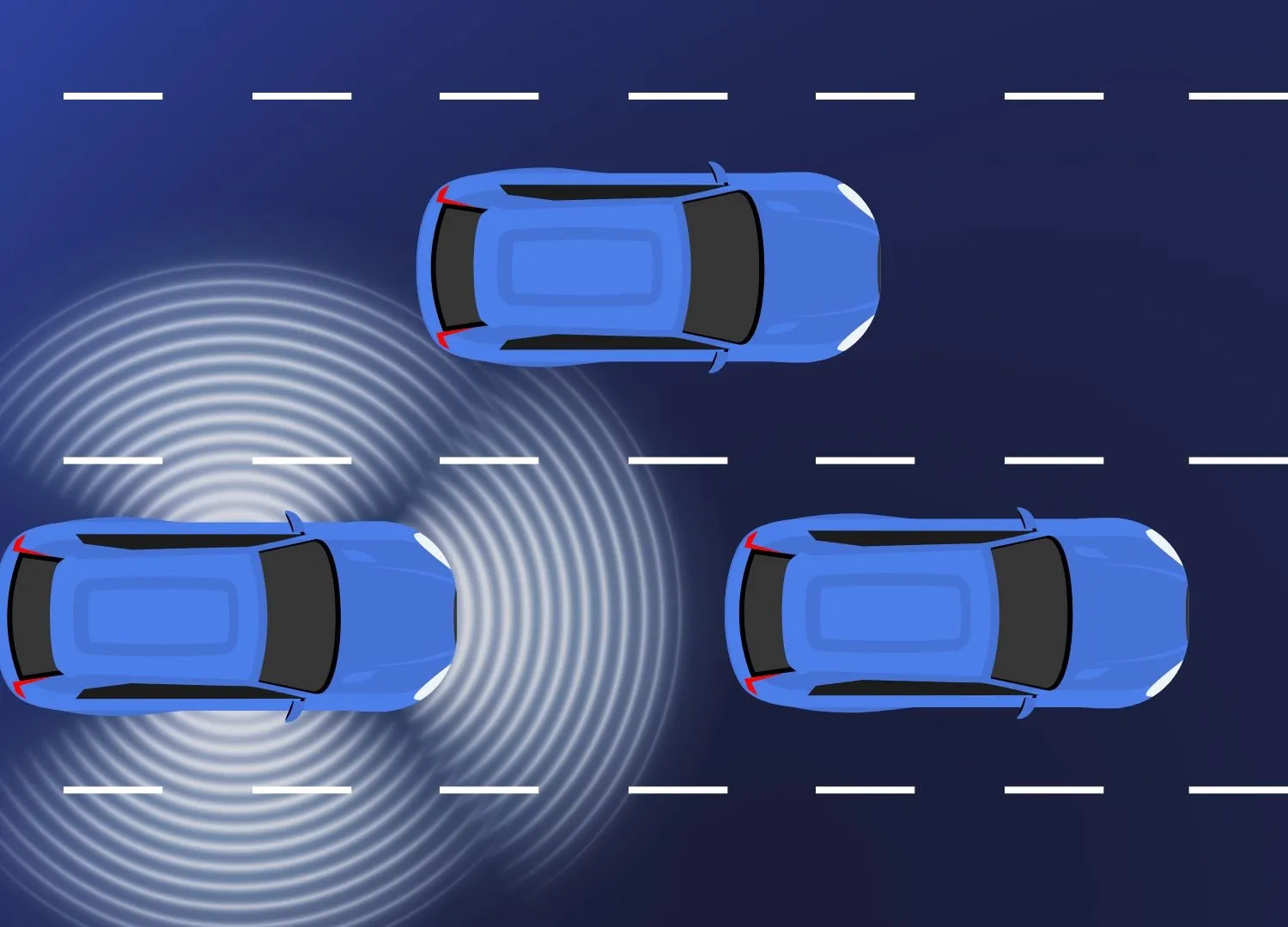UK-based vehicle engineering, research and product testing centre HORIBA MIRA has joined forces with Coventry University to launch a new automotive research centre dedicated to developing intelligent connected vehicle technology.
The Centre for Connected & Autonomous Automotive Research will pioneer and test new developments to support the rapid growth within the global intelligent mobility sector and address future transport needs.
An initial team of up to 20 academic staff members and doctoral resea
April 18, 2017
Read time: 1 min
UK-based vehicle engineering, research and product testing centre HORIBA MIRA has joined forces with Coventry University to launch a new automotive research centre dedicated to developing intelligent connected vehicle technology.
The Centre for Connected & Autonomous Automotive Research will pioneer and test new developments to support the rapid growth within the global intelligent mobility sector and address future transport needs.
An initial team of up to 20 academic staff members and doctoral research students from Coventry University alongside HORIBA MIRA’s engineering and test teams will be working on kick-off activities and projects at the Centre, which will also benefit from a range of information and communications technology and specialist laboratories. With in-house facilities combining the real and virtual worlds for connected and autonomous vehicles, the Centre will utilise a suite of simulators that interact with ‘living laboratory’ environments.
The Centre for Connected & Autonomous Automotive Research will pioneer and test new developments to support the rapid growth within the global intelligent mobility sector and address future transport needs.
An initial team of up to 20 academic staff members and doctoral research students from Coventry University alongside HORIBA MIRA’s engineering and test teams will be working on kick-off activities and projects at the Centre, which will also benefit from a range of information and communications technology and specialist laboratories. With in-house facilities combining the real and virtual worlds for connected and autonomous vehicles, the Centre will utilise a suite of simulators that interact with ‘living laboratory’ environments.










